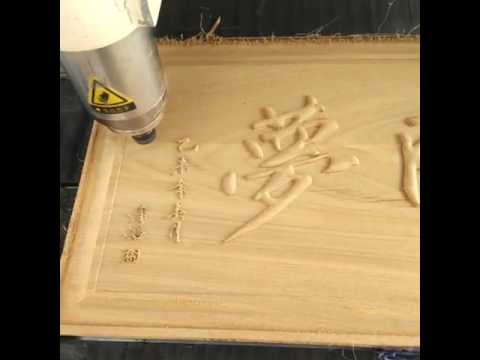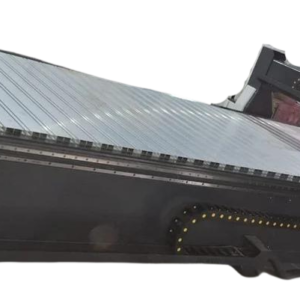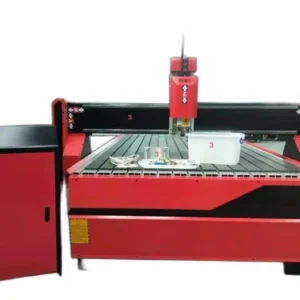Overview:
- Type: CNC Stone Engraving Machine
- Primary Use: Engraving, carving, and milling detailed designs on stone materials such as granite, marble, and limestone.
Key Features:
- Engraving Area:
- The working area typically ranges from smaller sizes (e.g., 600 x 600 mm) to larger sizes (e.g., 2000 x 3000 mm or more), depending on the model. This defines the maximum dimensions of the stone slabs or blocks that can be processed.
- Spindle Power:
- Equipped with a powerful spindle, usually ranging from 3 kW to 15 kW or more, designed to handle the hardness of stone. The spindle power is crucial for cutting, carving, and engraving effectively on tough materials.
- Precision and Accuracy:
- Features high-precision components such as linear guides, ball screws, and stepper or servo motors. These elements ensure that the machine delivers accurate and repeatable results, essential for intricate designs and fine details.
- Controller:
- Operated via a CNC (Computer Numerical Control) system, which allows for precise programming and automation of engraving tasks. The controller typically includes a user-friendly interface, often a touchscreen, for easy operation and monitoring.
- Software Compatibility:
- Compatible with various CAD/CAM software programs, enabling users to create and import detailed designs, generate tool paths, and control the engraving process with precision. This software integration supports complex and custom engraving projects.
- Frame and Build:
- Constructed with a heavy-duty frame, often made from steel or aluminum, to provide stability and minimize vibrations. The robust build is essential for maintaining accuracy while working with heavy and hard materials.
- Tooling Options:
- Uses various engraving tools and bits, including diamond-tipped tools and specialized carving bits designed for stone. The choice of tooling depends on the specific requirements of the engraving task.
- Cooling System:
- Many CNC stone engraving machines include a water-cooling system to manage the heat generated during the cutting and engraving process. This helps to maintain tool performance and extend the lifespan of the spindle and tools.
- Dust Collection:
- Equipped with dust collection systems to manage the debris produced during engraving. Effective dust collection helps keep the workspace clean and protects the machine’s components from dust accumulation.
- Safety Features:
- Includes safety mechanisms such as emergency stop buttons, protective enclosures, and safety interlocks to ensure safe operation and minimize the risk of accidents.
Applications:
- Monument and Memorial Work: Ideal for engraving detailed designs, inscriptions, and images on gravestones and monuments.
- Architectural Stonework: Used for creating decorative stone elements such as columns, moldings, and facades.
- Custom Artwork: Engraving intricate patterns and artworks on stone surfaces for decorative purposes.
- Signage: Producing custom stone signs and plaques with precise text and graphics.
Benefits:
- High Precision: Delivers accurate and detailed engravings, which is essential for high-quality and professional results on stone materials.
- Durability: Designed to handle the hardness of stone, ensuring long-term performance and reliability.
- Versatility: Capable of engraving various types of stone and creating a wide range of designs, making it suitable for different applications and industries.
- Efficiency: Automates the engraving process, reducing manual labor and increasing production speed.





Reviews
There are no reviews yet.